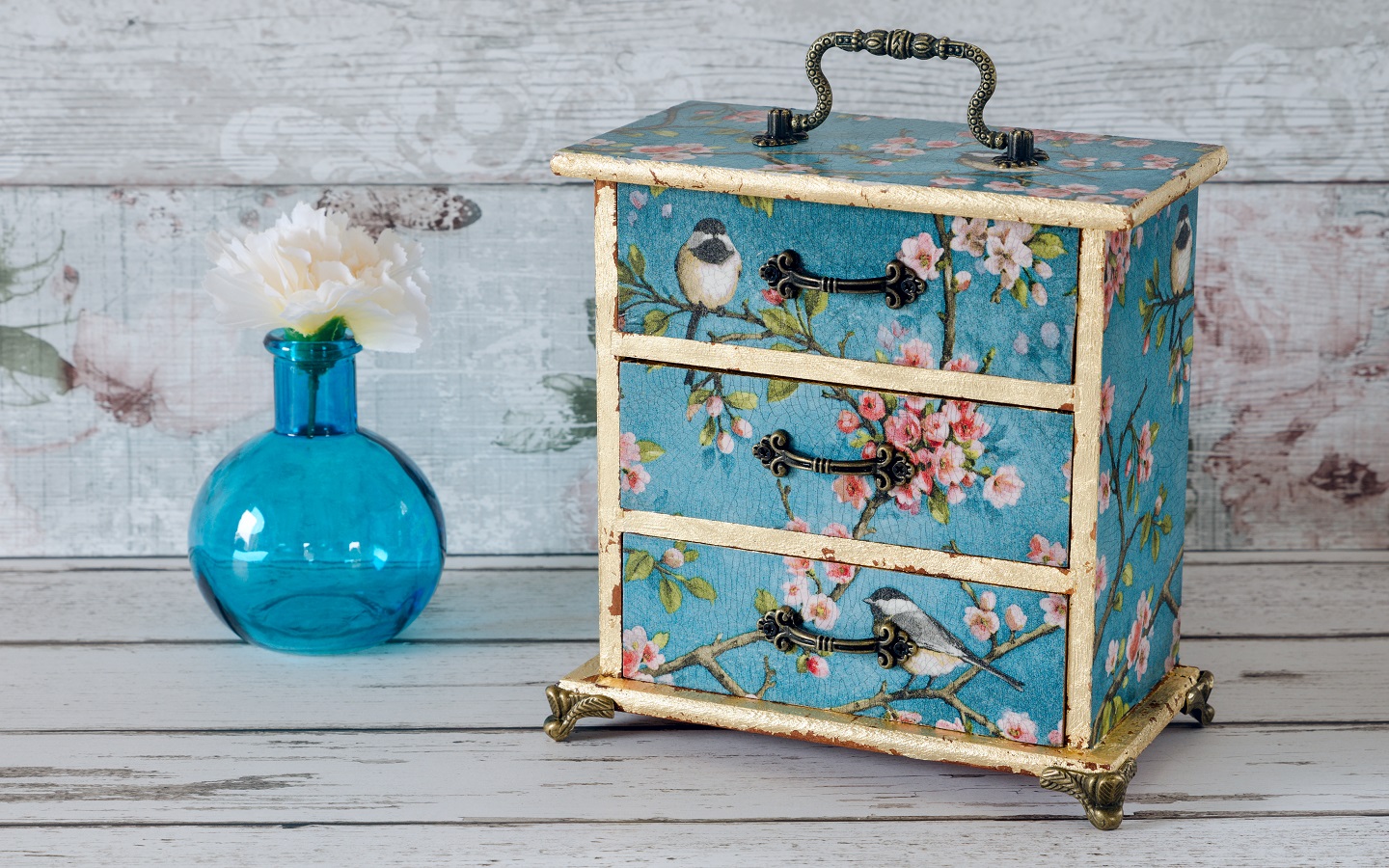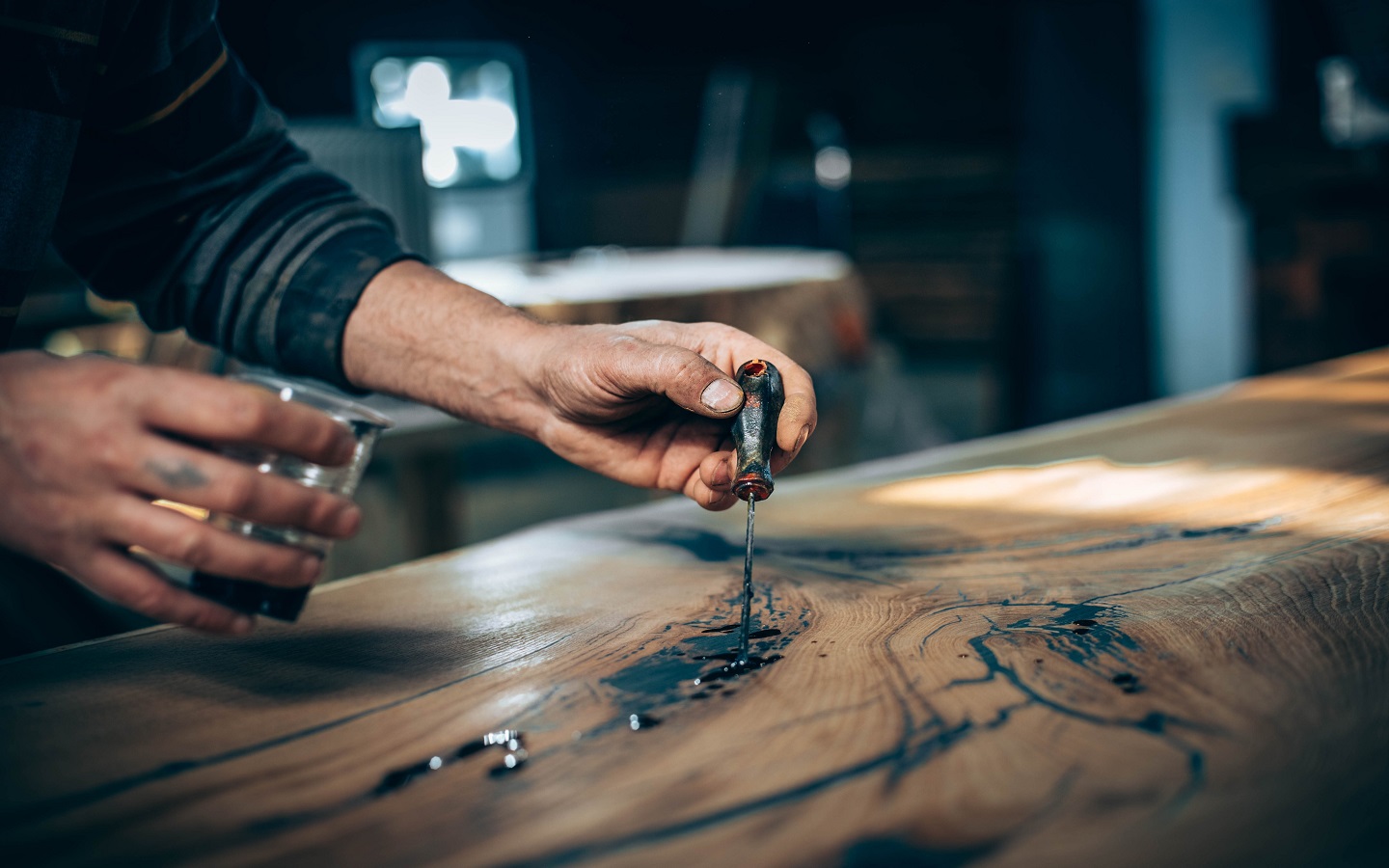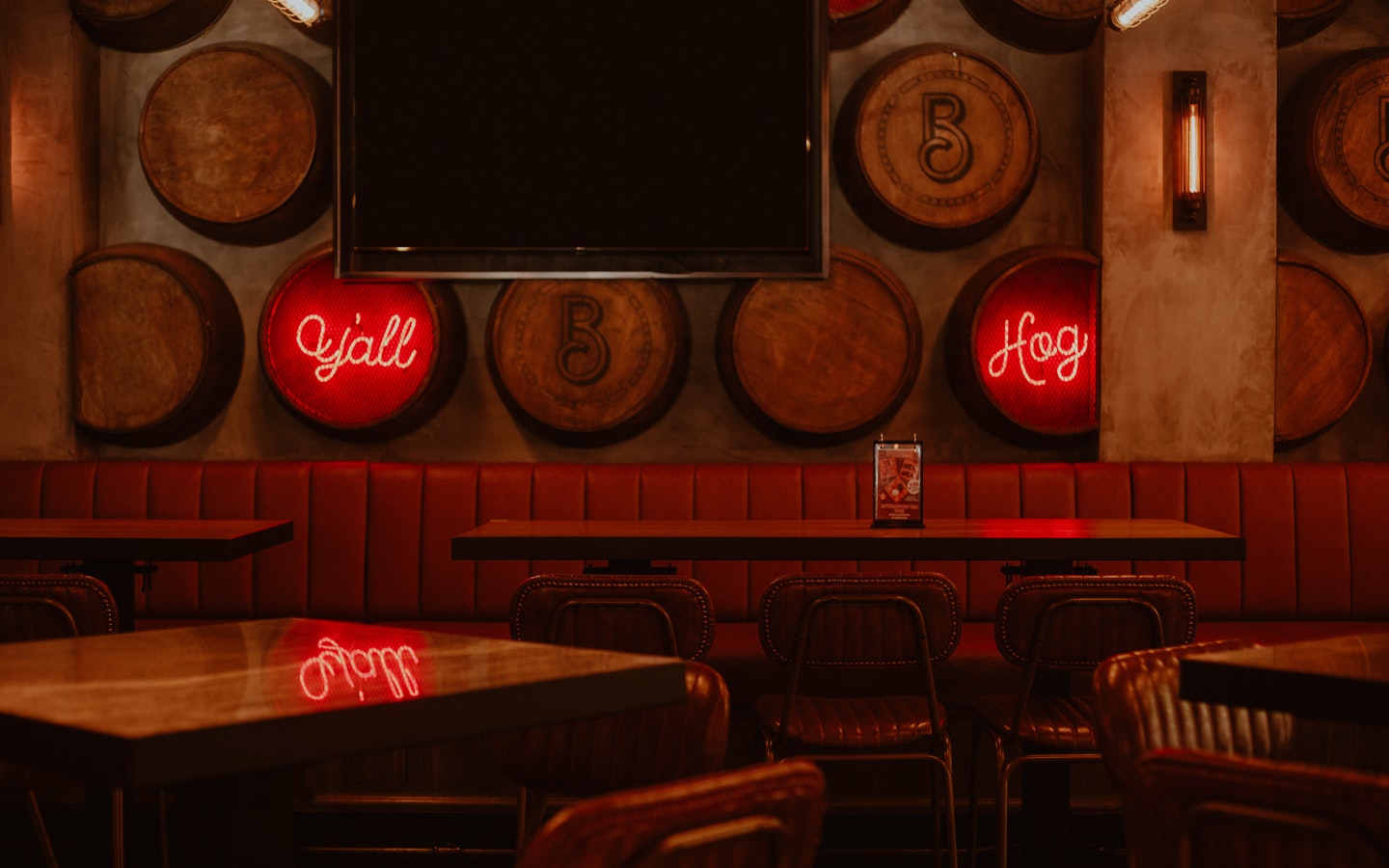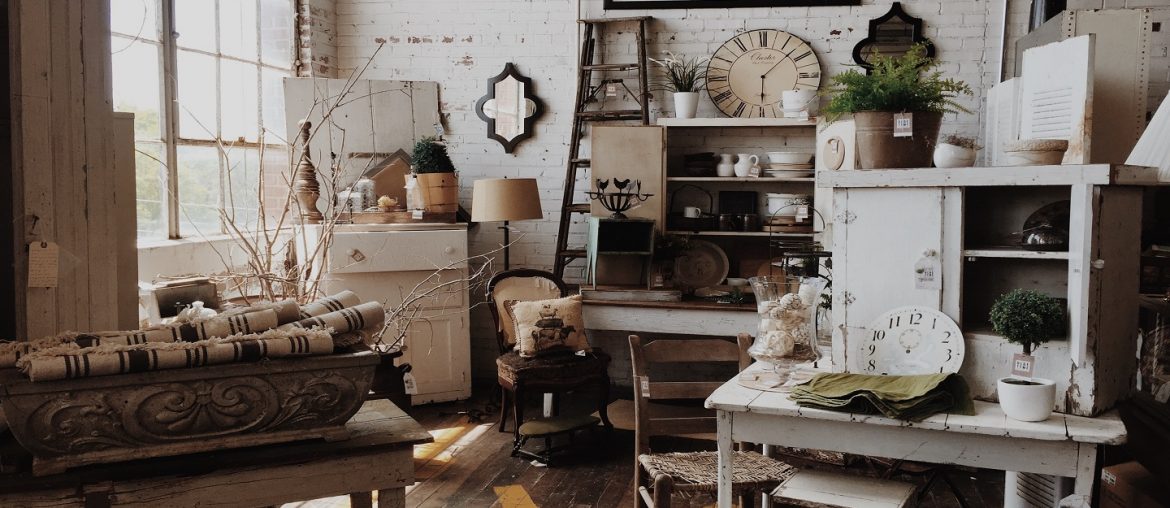Fondness over aged things is not uncommon. Some say it’s classy, some just like the look of it, and then there are those who actually love to collect vintage stuff. If you are someone who just loves aged or old stuff, odds are you also love aged furniture too. As an ardent lover of vintage objects, while you can always buy old furniture from flea markets, garage sales or from an online store, you might also want to know if there is a way you can give your furniture an aged look.
That said, there are multiple ways to transform your furniture into a finely aged item. But depending on the look that you are going for, the technique may vary. For example, if you are a ‘shabby chic’ kinda person, you may like a weathered look on your furniture. Luckily there is a technique to transform your furniture in exactly that way.
Distressing

Distressing is a decorative art technique; popularly used to give furniture a weathered look. Distressing is often considered as a refinishing technique. But in the traditional sense, it’s actually the opposite. However, you can easily use this technique to give your furniture a coveted look by yourself. So the idea behind this technique is simple, you paint, you wax then you just sand down the edges or the parts where you want to expose the wood.
But like always, there are some rudimentary instructions for doing this right. First, you will need tools like sandpaper or paint stripper, paint, paintbrushes, candles for waxing, rags, steel wool, and so on. You may remove some but not all the paints from the furniture exposing the layers of paints flecked over the wood grains underneath. In effect, that becomes the finished product.
A lot of surfaces and materials can be distressed using the same technique including wood, glass, metal, plastic, stone, concrete, and plaster.
But what if shabby chic is not your preferred style; rather you are more towards sticking furniture with paper cutouts or other decorative elements…
Decoupage

This is another simple decorative technique used to give your furniture an aged look. So basically, a pair of scissors, glue, rags or sponge, smoother, picture to decoupage with, and sealer (normally polyurethane) are what you need to decoupage an object. You select the furniture then you start gluing things such as decorative papers, gold leaf, newspapers, magazines, catalogs, books, printed clip art, wrapping paper, greeting cards, fabric, tissue paper, lace, paper napkins or other decorative elements onto the object.
And you do it by layering. Each layer then sealed with multiple coats of varnishes until the obvious stuck on appearance is gone and the result looks more like artwork.
Speaking of sticking things, earlier I mentioned you can stick gold onto an object for decoupaging. Well, turns out, this gold sticking technique has a name of its own. It’s called gilding, where a thin coat of gold is applied to solid surfaces such as metal, wood, stone, etc. Although this is considered its own form of an antiquing technique, gilding is basically decoupaging behind a mask.
Graining

Graining was very common in the 19th century. Back then, people were keen on imitating expensive wood by applying an artificial coat of paint onto an inexpensive or softwood surface. The process itself is easy but your imitating skill will affect the overall look and feel. That said, graining is carried out in layers. This is usually done with the help of a sponge, whereas in the past, artisans used brushes to do the same thing.
Graining can be done by using either rudimentary tools or specialized tools (e.g. mottler). But for a DIY project such as decorating your furniture, you don’t really need them.
Wood Stain

A stain is used for different reasons. Sometimes it is used to alter the appearance of the product by changing its color while enhancing the grain at other times is used to protect the wood from damage. In our case, we just need the kind that can alter the appearance of the wood.
Pigments in wood stain cause the wood to change its color and there are several colors of stains available. Normally most of the wood stain resembles the natural colors of wood. When absorbed, stain helps to bring out the wood’s natural characteristics.
Among all the processes mentioned above, this is by far the easiest to execute. You just need to sand down the furniture before you apply the stain.
There is one last technique that is also used to give your furniture an aged look but it is a bit complex. And that is –
Verdigris

The Statue of Liberty in New York is entirely made out of copper but it definitely doesn’t look that way. The Statue of Liberty has this iconic green color which is nowhere near the color of copper.
This is what happens when copper, brass or bronze is weathered and exposed to air over time. This phenomenon is called patina. You will see this mostly on copper or brass made roofs of buildings or statues.
But maybe we do not have 50 years for a natural patina to be formed. This is where the verdigris technique comes to play. Verdigris is a common name for the process of obtaining green pigmentation through the application of acetic acid to copper plates. That means you can not apply this technique to any furniture that is not made of copper.
Other than these subtle techniques, there is still a lot that you can do to give your furniture a weathered look. Go with the flow of your intuitive mind and you will be amazed by its capability to grasp unconventional concepts.
However, the intention of this article is not to give you a step-by-step guide on how you can give your furniture an aged look using some definite techniques, rather we focused on introducing you to some of the most frequently used techniques that you can use to give your furniture an aged look.
So, what do you think about these techniques? Have you used any of this before or you are about to? Let us know in the comment section below.




